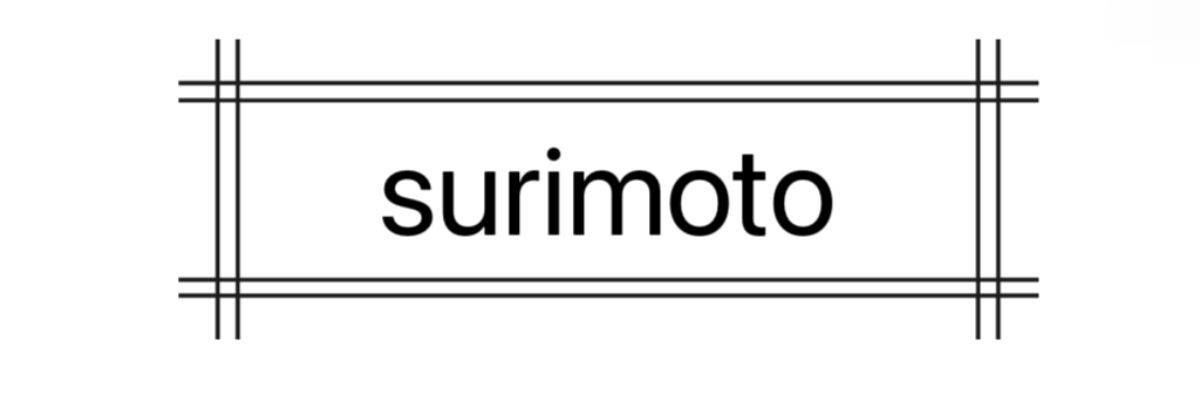10 Essential Facts About Flame-Retardant Knitwear Fabric Exporters
Jan. 10, 2025
10 Essential Facts About Flame-Retardant Knitwear Fabric Exporters
When considering flame-retardant knitwear fabrics, it is essential to understand various factors influencing their export. This article outlines ten key facts that inform stakeholders in the industry about flame-retardant knitwear fabric exporters.
1. The Growing Demand for Flame-Retardant Fabrics
The need for flame-retardant knitwear is increasingly prevalent across diverse sectors, including construction, manufacturing, and safety equipment. This surge in demand facilitates a robust market for Flame-Retardant Knitwear Fabric Exporters.
2. Compliance with Safety Standards
Exporters of flame-retardant textiles must ensure their products meet specific safety standards, often established by regulatory bodies. This compliance not only guarantees product safety but also boosts the credibility of the exporters in the international market.
3. Diverse Applications of Knitwear Fabrics
Flame-retardant knitwear fabrics find applications ranging from protective clothing to upholstery in high-risk industries. The versatility of these fabrics makes them a preferred choice for various applications.
4. The Role of Innovation
Innovation plays a critical role in the development of advanced flame-retardant fabrics. Exporters are continually investing in research and technology to enhance the performance and durability of their products.
5. Sustainable Practices in Fabric Production
As environmental concerns rise, many flame-retardant fabric exporters are adopting sustainable practices in their production processes. This shift not only appeals to eco-conscious consumers but also aligns with global sustainability goals.
6. Export Markets and Opportunities
The global market for flame-retardant fabrics offers numerous opportunities for exporters. Understanding regional demands and trends can be pivotal for success in international markets.
7. Quality Assurance and Testing
Quality assurance, along with rigorous testing, is vital to ensure that the flame-retardant properties are retained throughout the fabric's lifecycle. Exporters must maintain high standards to uphold their reputation.
8. Economic Factors Influencing Exports
Economic indicators, such as exchange rates and tariffs, significantly impact the dynamics of fabric exports. Exporters must stay informed about these factors to navigate the market effectively.
9. Networking and Partnerships
Building strong relationships with suppliers and manufacturers is crucial for flame-retardant knitwear fabric exporters. Networking can lead to new opportunities and enhance market reach.
10. Staying Informed on Regulations
Exporters should stay updated on changing regulations related to flame-retardant textiles. This knowledge is essential for compliance and maintaining a competitive edge in the market.
For detailed insights into flame-retardant knitwear fabric products, visit our website.
308
0
0


Comments
All Comments (0)